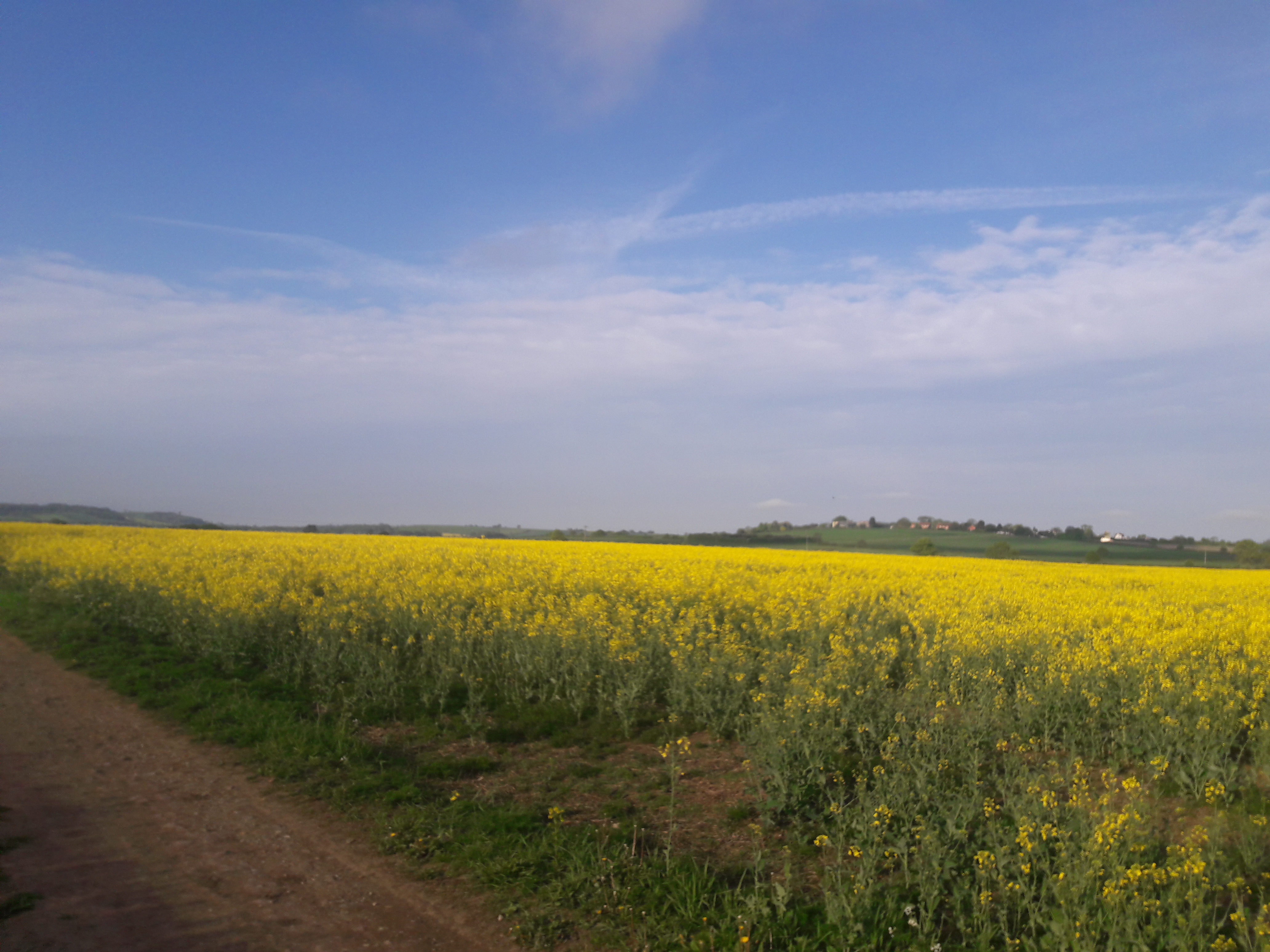Many will have noticed there are considerably fewer bright yellow fields than last year, and some a much paler shade of yellow than their owners will have wanted. Evidence suggests that in the UK a slightly lower amount of oilseed rape was planted last autumn than previous the year. A considerable proportion did not have a good start, possibly in part as a result of the very dry soil conditions at the time, but also the concerns of Cabbage Stem Flea Beetle (CSFB). This a meant an unknown quantity, but perhaps 8% of the national crop, written off before winter.
That which made it to the spring, is also in rather poor condition now, with another 5-10% being written off largely in the central and Western parts of England. This will either be replaced with another crop or fallowed, or in some cases, left in poor condition, its owner resigned to the fact it will probably generate a poor yield. It is concerning that reports are emerging that CSFB is having a damaging effect on the emerging sugar-beet crop too. It is too early to speculate on yield impact, but we will continue to monitor this situation.
Ironically, reports from Lincolnshire suggest some bee-keepers are concerned there is insufficient OSR to supply enough nectar to produce honey from their hives. Perhaps the loss of Neonicotinoids has had adverse impacts even on the insects that the ban was designed to protect.
What the impact of CSFB on OSR in the British farmer’s rotation in future might be is unclear, but many growers and agronomists have suggested their rotations and crop recommendations will not include OSR for at least three years. The OSR area is in long-term decline; its area topped out in 2012 and has fallen every year since then apart from once. In 2019 we could harvest the lowest rape area since 2004, and possibly the smallest crop since then too.
